If you're asked for a ZIP Code on a Canadian credit card, you can generate a code by entering the three numbers from your postal code and adding 00 to the end. This gives you a five-digit ZIP code that can be used when shopping or purchasing services in the U.S.
Of course, this is simply a workaround, so it might not work in every instance. Be prepared and have cash on hand, or be ready to call your card’s customer service for assistance.
Here, we explain how this differs from a true ZIP code and why credit card issuers ask for this information in the first place.
Key Takeaways
- ZIP codes are sometimes required when using a Canadian credit card in the U.S.
- Your Canadian credit card ZIP code is the three numbers in your postal code followed by 00.
- If your credit card is declined at a U.S. gas pump, you can ask the cashier to put the transaction through manually.
Never miss an amazing deal again + get our bonus 250+ page eBook for FREE. Join 50,000 other Canadians who receive our weekly newsletter – learn more.
Credit card ZIP code vs. postal code
A ZIP code is the American equivalent to the Canadian postal code, except the U.S. only uses numbers instead of a series of numbers and letters (for example, 90210).
In Canada, you’re typically asked for your billing address and postal code when you make a credit card purchase – it’s a security feature to check that the right person is using the card. American merchants will ask for a ZIP code instead.
There are just two steps to turn your Canadian postal code into a ZIP code:
- Take the numbers from your postal code
- Add two zeros at the end
For example: V9W 1L2 would turn into 91200.
Credit card ZIP codes are a security measure
Gas stations in the U.S. ask for ZIP codes as a way to prevent fraud.
The ZIP code you enter must match the ZIP code listed on the credit card’s billing address. If you enter the wrong ZIP, the credit card company may deny the transaction.
What to do if your Canadian credit card ZIP code is declined
Sometimes, the trick to use your Canadian credit card's "ZIP code" won't work either – it’s frustrating, but not the end of the world. If your card is declined, head into the gas station and ask them to run your card.
Pro Tip: It’s always a good idea to keep some local currency on hand when you travel. This can make it easier to pop in and out if you’re making a quick purchase.
The best credit card for U.S. dollar purchases

After researching the best U.S. dollar credit cards and best foreign exchange travel credit cards, our team found the best foreign exchange credit card is the Scotiabank Gold American Express Card.
Aside from not having to pay foreign exchange fees, you'll also earn a ton of Scene+ points:
- 6 Scene+ points per $1 spent at Sobeys, Safeway, FreshCo and more
- 5 Scene+ points per $1 spent on groceries, dining, and entertainment
- 3 Scene+ points per $1 spent on gas, select streaming services, and transit
- 1 Scene+ point per $1 spent on foreign currency purchases
- 1 Scene+ point per $1 spent on all other purchases
Coupled with 12 types of insurance and a modest annual fee of $120, it's consistently one of the most recommended cards when travelling abroad.
Worried about Amex acceptance? Try Scotiabank's premium Visa offering, the Scotiabank Passport Visa Infinite Card. It offers a bit less when it comes to everyday points, but you'll get better acceptance and six free lounge passes.
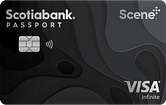
FAQ
What ZIP code do I use for a Canadian credit card?
To create a ZIP code, list the three numbers from your postal code in order and add 00 to the end. For example, if your postal code is L4Y 1C8, your ZIP code would be 41800.
Can you use a Canadian postal code in the U.S.?
No, you can’t use a Canadian postal code in the U.S. If you’re being asked for a ZIP code, you’ll need to use a five-digit number – Canadian postal codes have six characters and include both letters and numbers.
How do I find my credit card ZIP code?
Your Canadian credit card doesn’t have a ZIP code, so you’ll need to list the three numbers of your postal code in order and add 00 to generate a usable five-digit code that works like a ZIP code.
How do you enter a 5-digit ZIP code with a Canadian card?
Let’s use an example: if your postal code is V5W 3J8, you would enter 538 followed by 00. So, your five-digit ZIP code would be 53800. Remember, this is a workaround, so it might not work every single time.
creditcardGenius is the only tool that compares 126+ features of 231 Canadian credit cards using math-based ratings and rankings that respond to your needs, instantly. Take our quiz and see which of Canada's 231 cards is for you.



 ×1 Award winner
×1 Award winner  $100 GeniusCash + Up to 50,000 bonus points + No foreign exchange fees.*
$100 GeniusCash + Up to 50,000 bonus points + No foreign exchange fees.*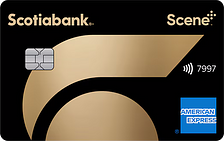

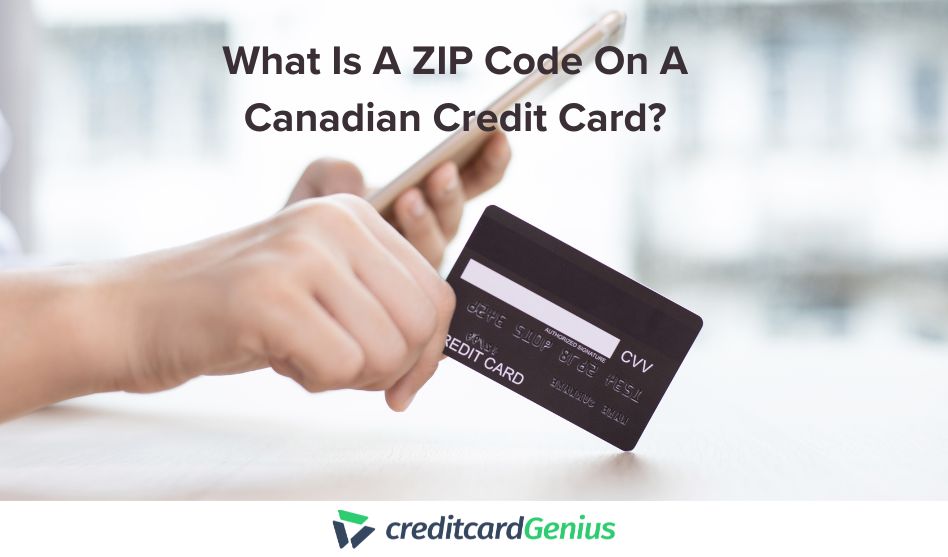


 GC:
GC: 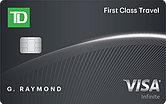


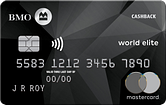
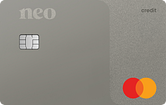
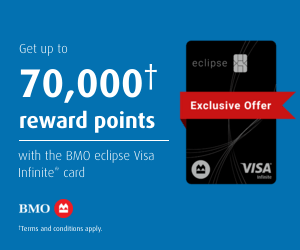
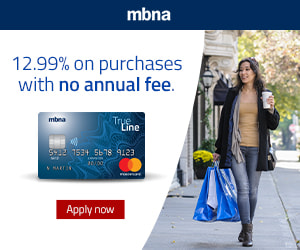
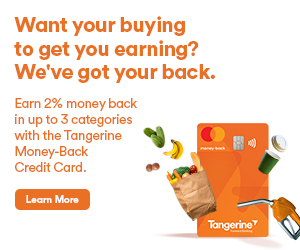





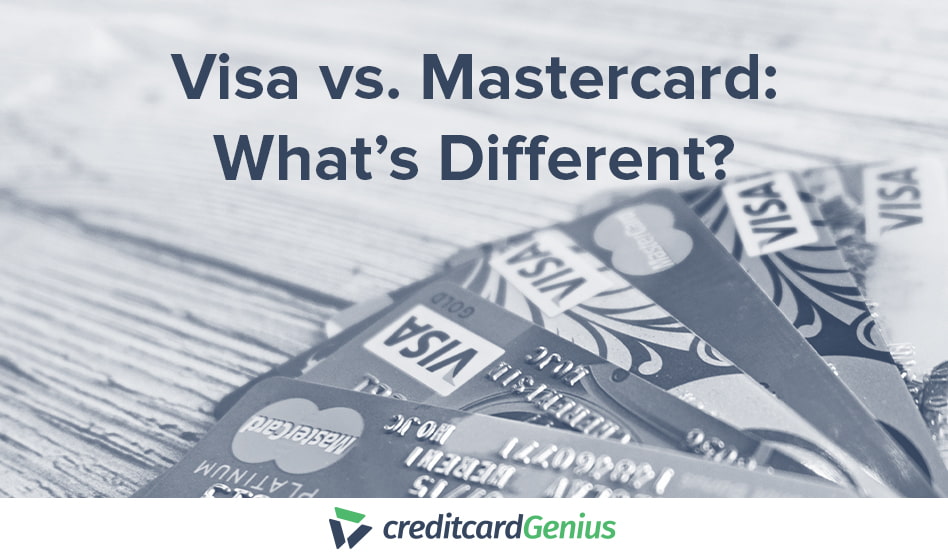
.png)





















Comments
Leave a comment
Required fields are marked with *. Your email address will not be published.
Showing 6 comments